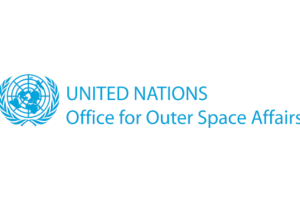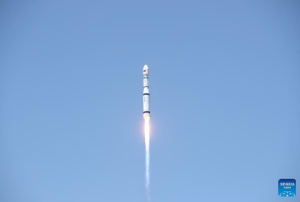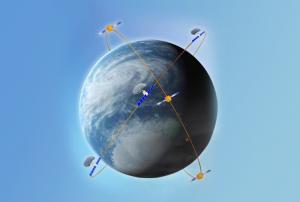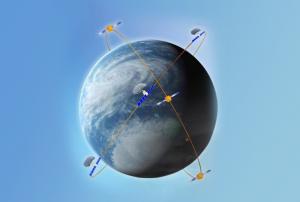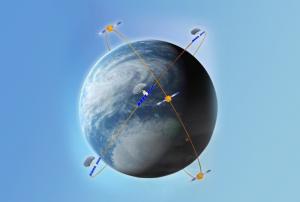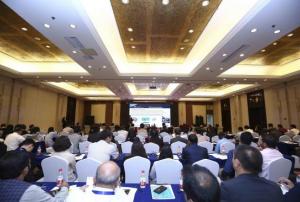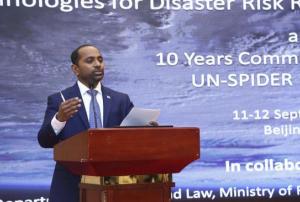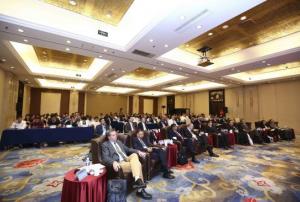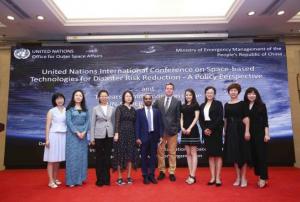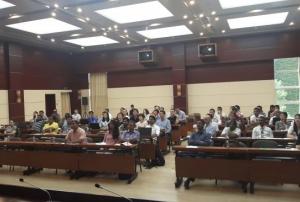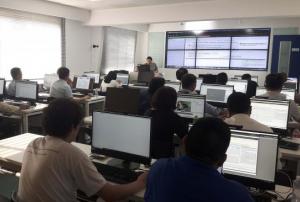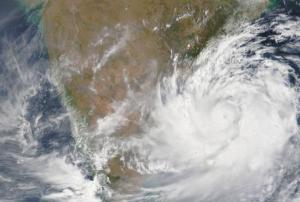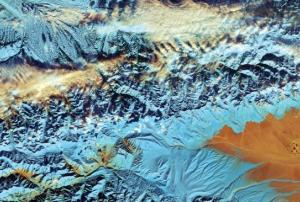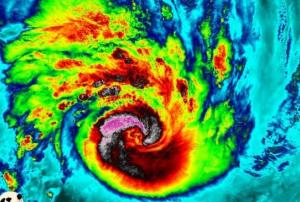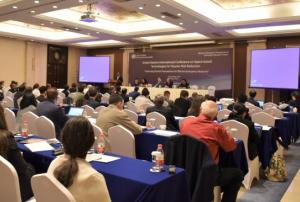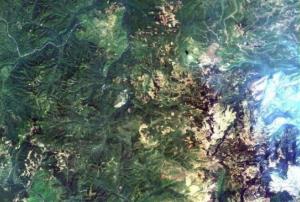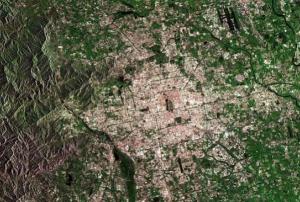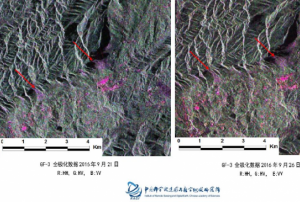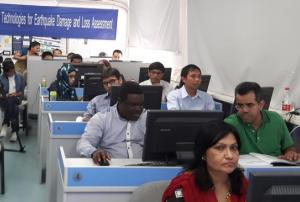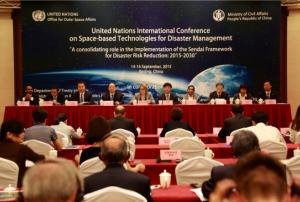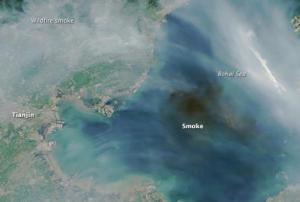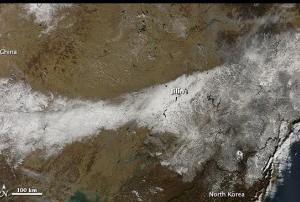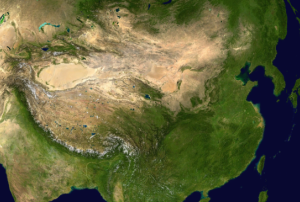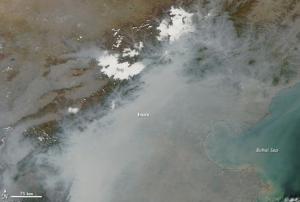UN-SPIDER Expands Global Network with New Regional Support Office in China
On 22 April, the United Nations Office for Outer Space Affairs (UNOOSA), through the UN-SPIDER programme, officially established a new Regional Support Office (RSO) at Wuhan University in China. This milestone was marked by the signing of a cooperation memorandum between UNOOSA Director Aarti Holla-Maini and the President of Wuhan University, Zhang Pingwen.
Aarti Holla-Maini commended Wuhan University for its continued efforts in leveraging space-based solutions for disaster risk reduction, noting in particular its recent technical assistance provided during earthquake relief operations in Myanmar. “We look forward to advancing innovative applications of space-based technologies in disaster early warning, emergency response, and sustainable development,” she stated. “We aim to push technological boundaries and build a more efficient support system for a global community…
more
